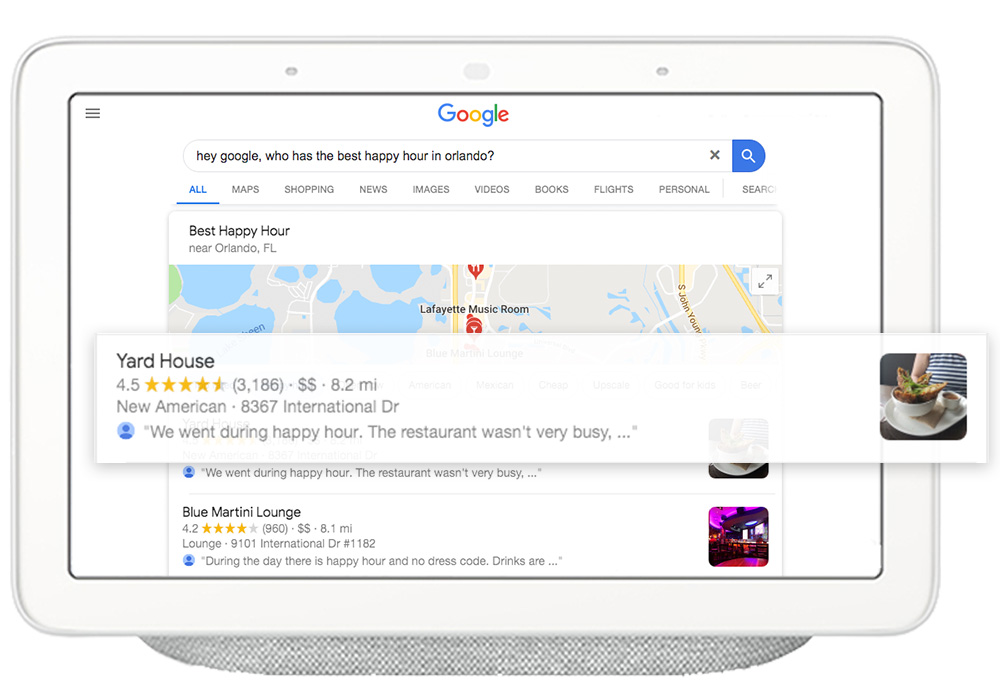
Local SEO
Local Search Engine Optimization (SEO) is the most sustainable and effective piece in a small to mid-sized business marketing stack. Local SEO can help drive in-market traffic to your location through multiple channels from search engine maps to popular third-party apps. Local SEO is both an on-page and off-page tactic used to target potential customers within your store's radius who have an intent to purchase your products/services.
Learn More
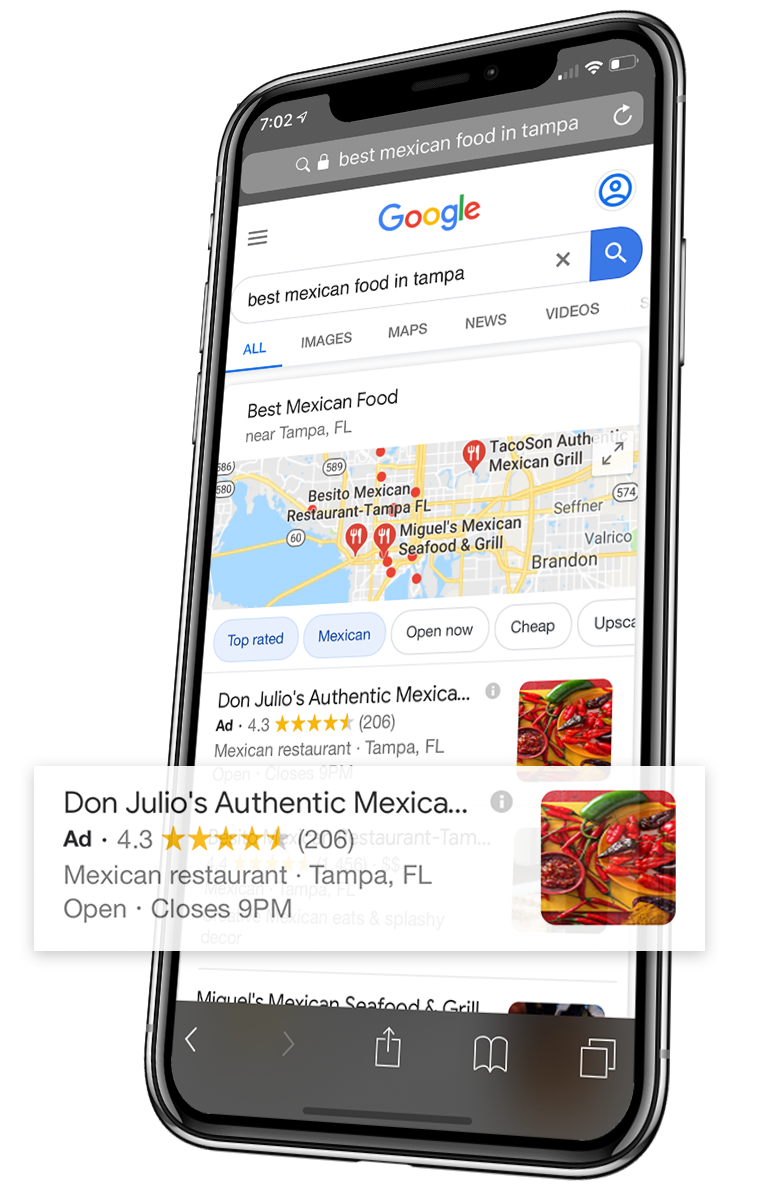
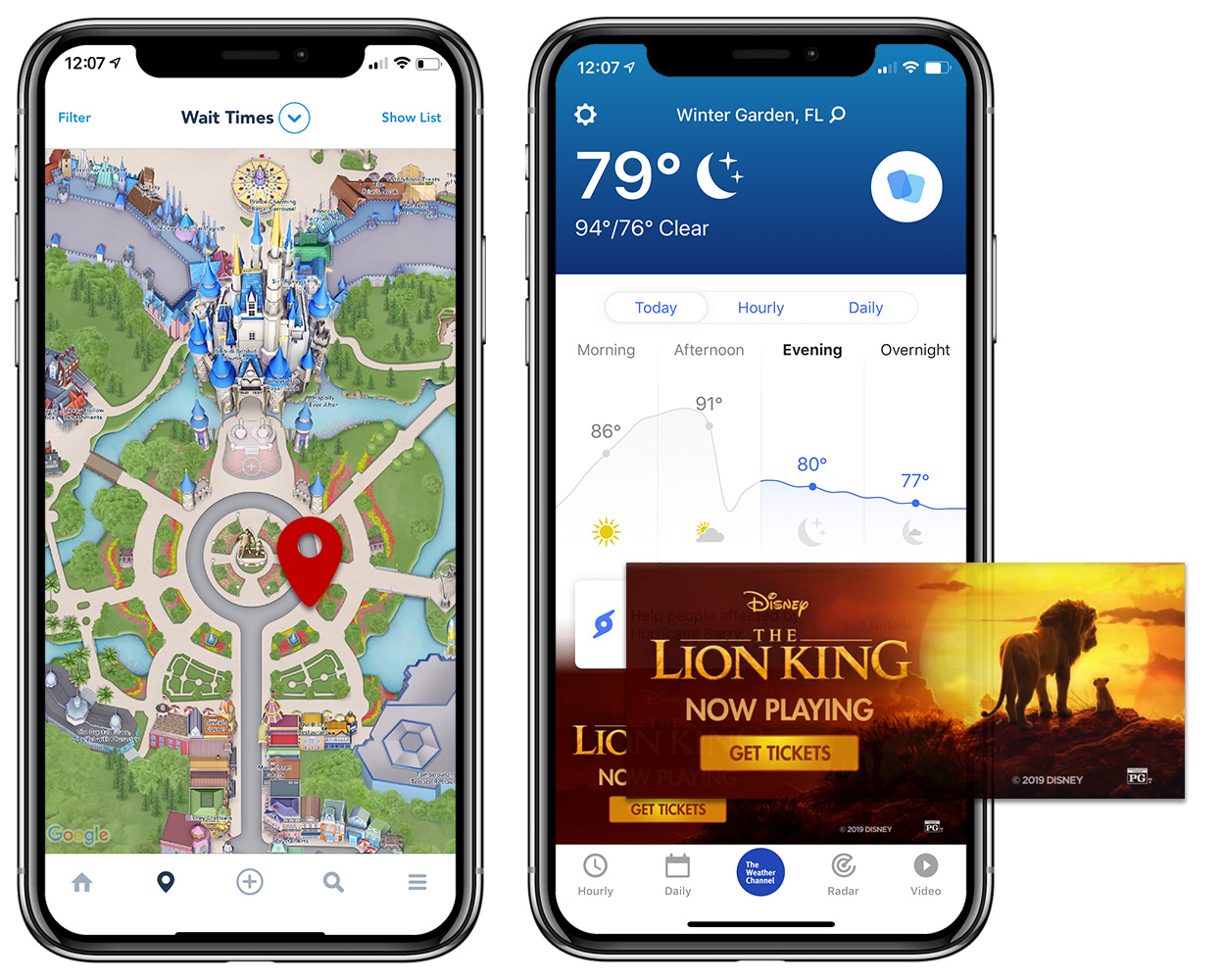
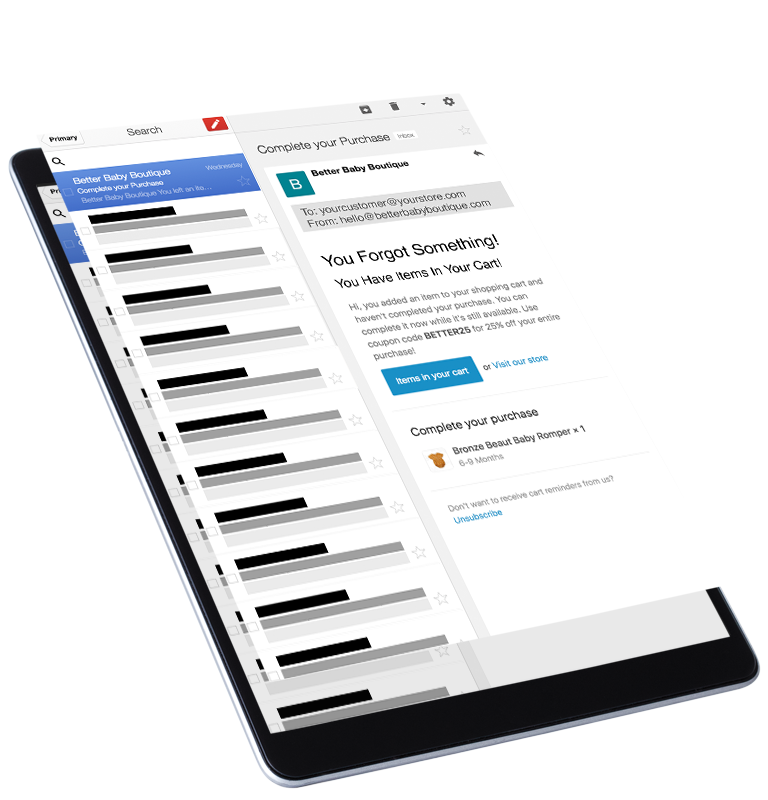
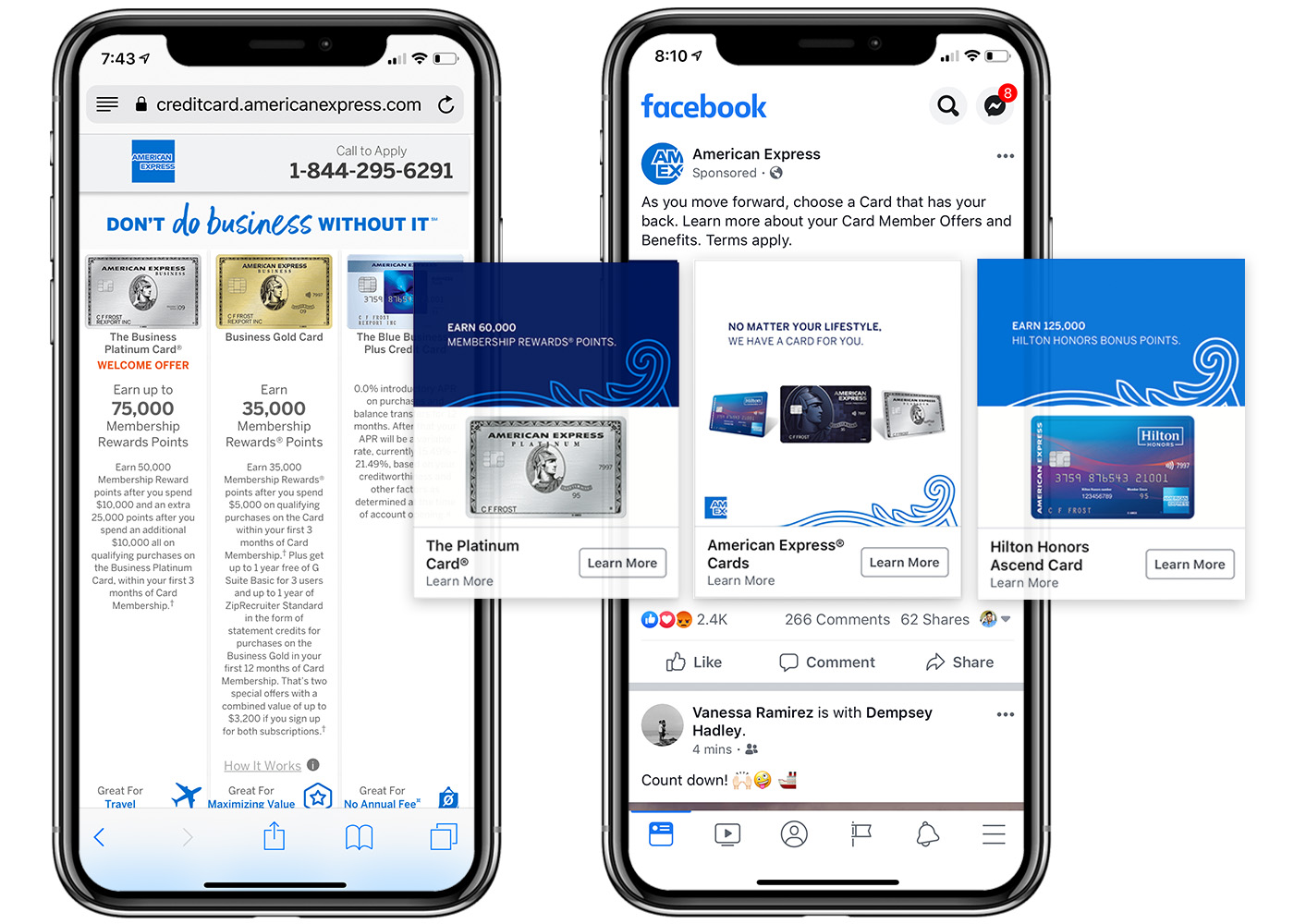
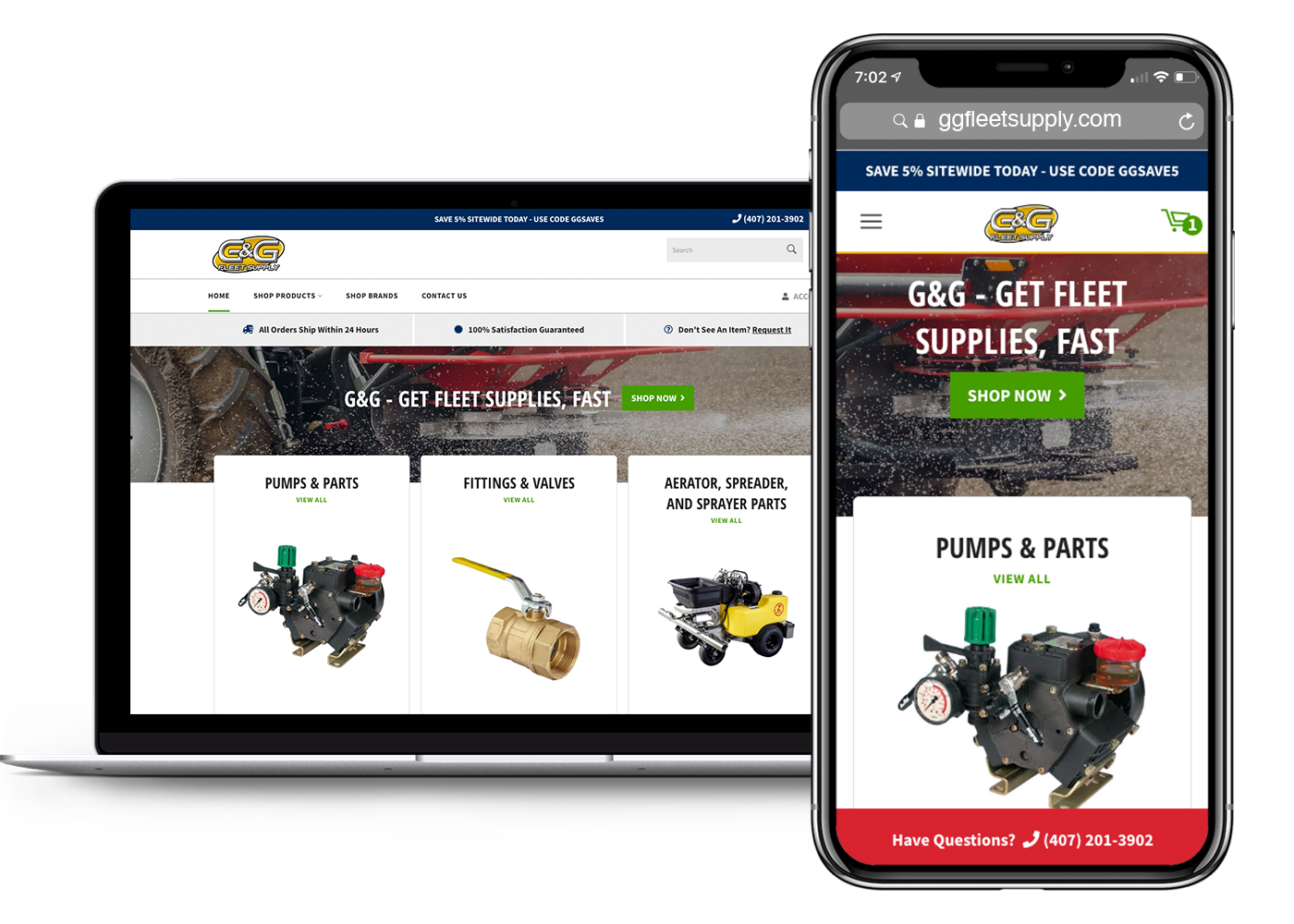
Social Media
Keep your Social Media active to build social proof for your brand, attract new customers, and keep current customers engaged and connected with your brand. Don't be tricked by other agencies who purchase followers and use chat bots to build your following. These actions can cause your brand to be banned from multiple platforms. We only use good 'ole fashioned hard work to build & engage with your following meaning real results, real users, real customers.
Learn More